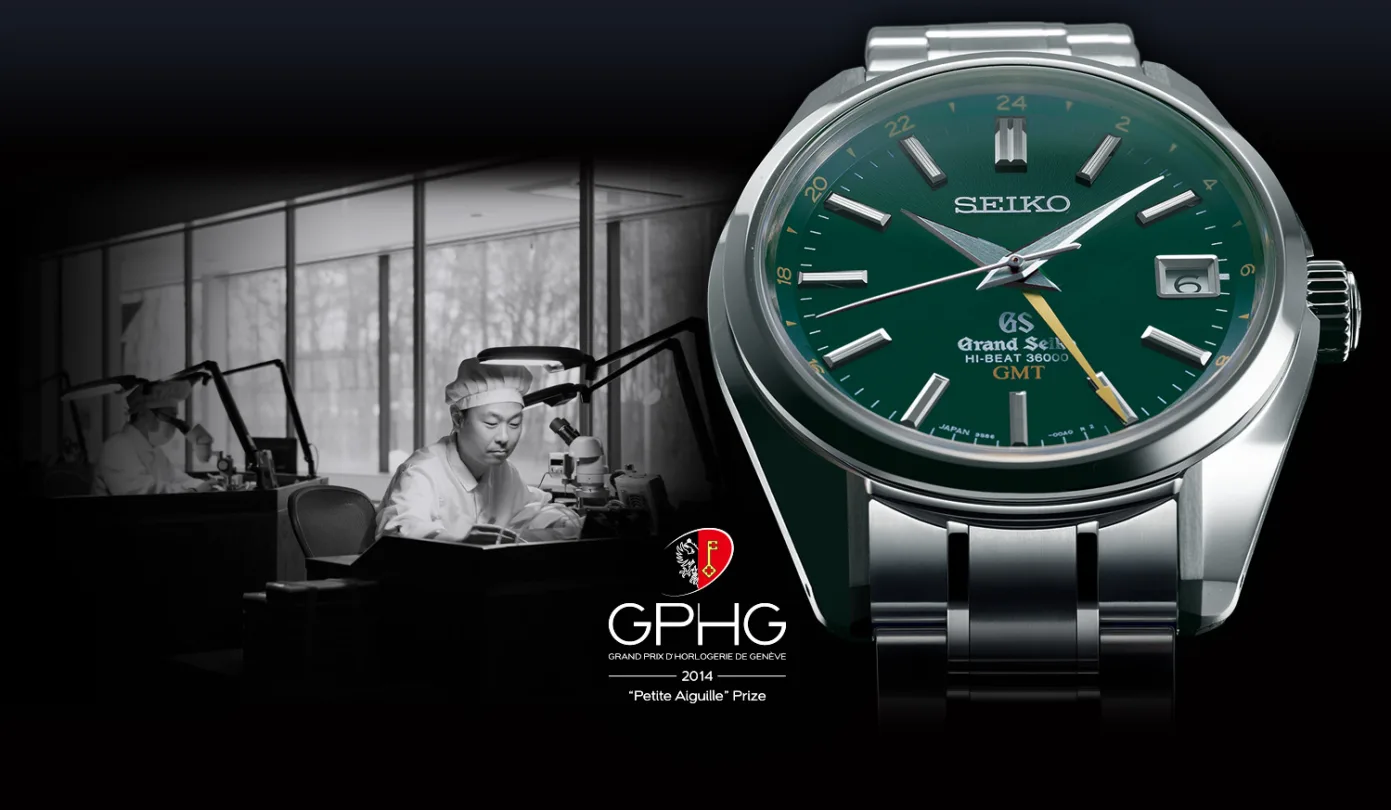By Magnus Salbu
When most people think about Seiko, they think about cheap quartz watches and maybe the occasional automatic diver. But most watch enthusiasts know that Seiko is actually capable of making luxury watches that can compete with even the most merited, Swiss manufacturers. These watches are branded Grand Seiko and Credor. In this article, we’ll talk a bit more about Grand Seiko.
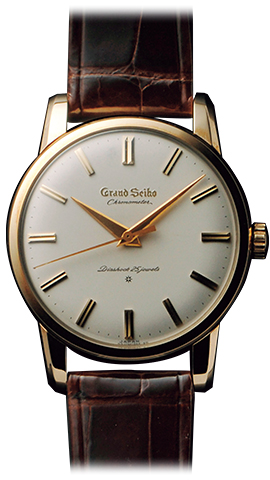
The first Grand Seiko
Seiko is, in fact, a very innovative brand, and they have a very important place in the watch industry. Their line of luxury watches, Grand Seiko, was created in 1960 by Daini Seikosha and Suwa Seikosha which were two subsidiaries of the Seiko corporation. They wanted to create a line of watches that could compete with the Swiss watchmakers. Before this time, only Swiss watches were considered to be luxury watches. And they were considered to be far superior to Japanese watches. The first Grand Seiko was manufactured by Suwa Seikosha.
The first generation of Grand Seiko was fitted with GS cal. 3180; it was the first chronometer grade watch ever produced in Japan. It was incredibly expensive, the price is equivalent to about $3500 today, which was an outrageous price for a Japanese watch. For that price, you could get the finest Swiss watches. These watches came in either gold plated cases or platinum cases, although the platinum cases were rarer. The first generation of Grand Seiko had a few features that would be included in all following collections. The movement had a hacking mechanism, meaning the whole movement would stop when the crown was pulled out to set the time, making for a more accurate time setting. It had a two-phase regulator mechanism, and the rating certificate for its time keeping included in the box. Now while this watch was impressive, the 2nd generation Grand Seiko in 1963 really was unbelievably high quality at the time, especially coming out of Japan
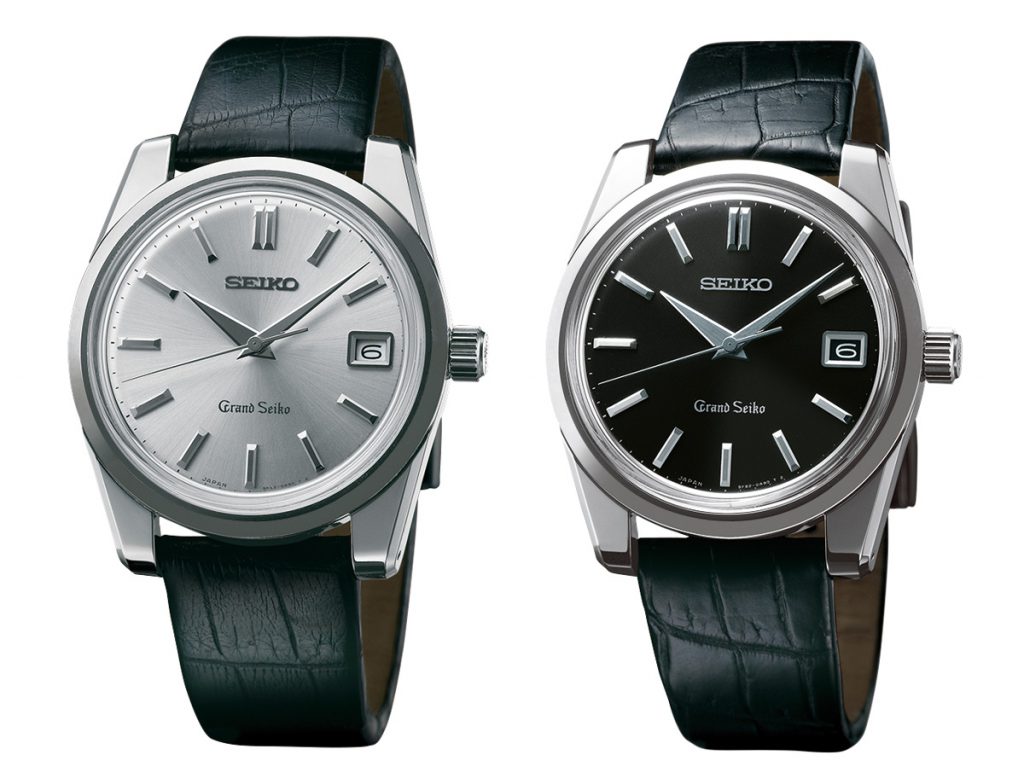
In 1963, Suwa Seikosha really put Grand Seiko on the map with the 57GS, a low beat hand-wound wrist watch. It was an almost entirely different watch from the first generation. It had a stainless steel case, which was very unusual to see in a luxury wristwatch at the time, in fact, the Audemars Piguet Royal Oak, which launched in 1972, is widely considered the first stainless steel luxury wrist watch. It had ha screw down case back, as opposed to a snap back. This meant the watch had a 50m water resistance. The 3180 movement was upgraded with an automatically changing date. This movement was chronometer certified, but in 1966, they modified it slightly so the beat rate increased to 19.800, as opposed to the previous 18.000. It also lost it chronometer certificate.

In 1966, Suwa also released the first automatic Grand Seiko, the 62GS. This model had a tiny crown at 4 o’clock to highlight the fact that it did not need to be manually wound. Since that time, Grand Seiko has grown in popularity, not only in Japan but in the whole world. Grand Seiko took a 20-year break from 1970 to 1990 because all of Seiko’s attention was directed at making quartz watches. But in the 1990’s they relaunched it with new models. These were the first Grand Seiko’s to come with bracelets. In 2004, the Spring Drive movement was finalized after decades of development. This movement is a quartz regulated, mechanical movement.

Some of Grand Seiko’s most popular models today uses this Spring Drive movement, among them an icon of Japanese watchmaking, the Grand Seiko SBGA011, nicknamed the Snowflake because of its beautiful, textured dial which is supposed to look like the snow outside of Grand Seiko’s studios.
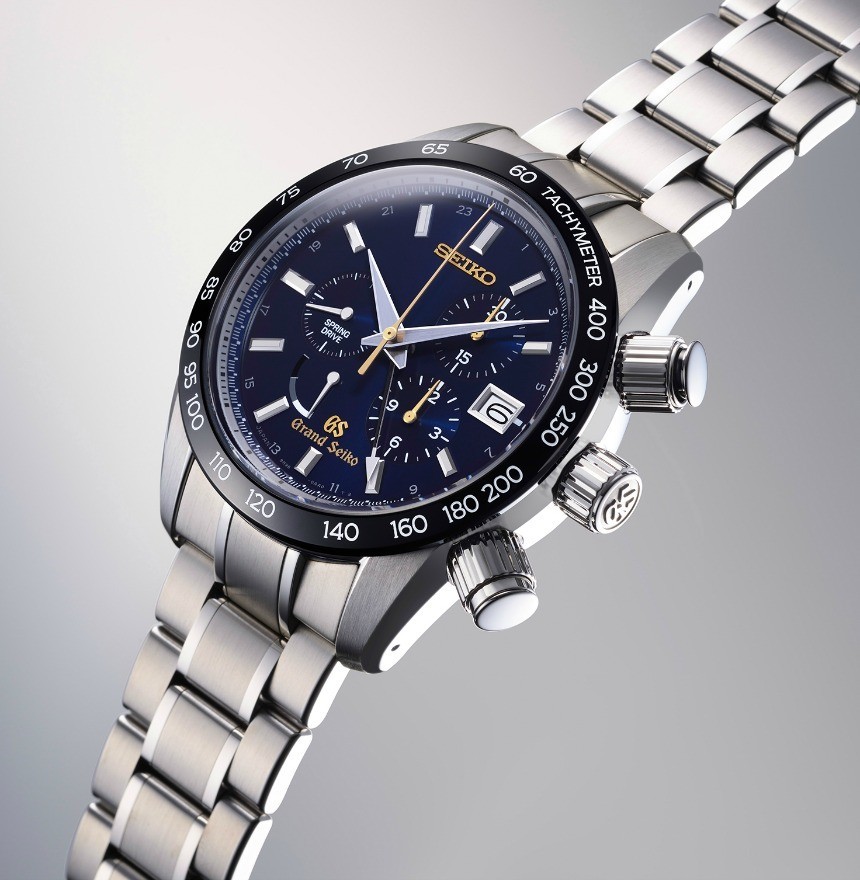
There has also been a Spring Drive chronograph, as well as many remakes of old classics.
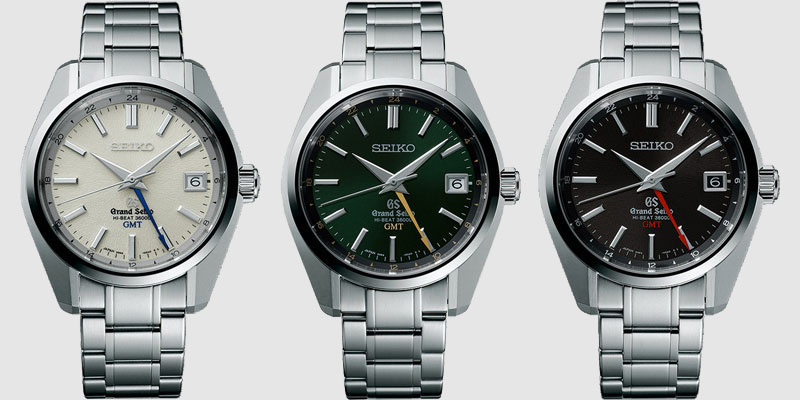
This growth in popularity and the size of the collection shows us that Grand Seiko has come to stay, and is ready to take on the established Swiss manufacturers, even winning a GPHG award in 2014. For more info, please visit grand-seiko.com

